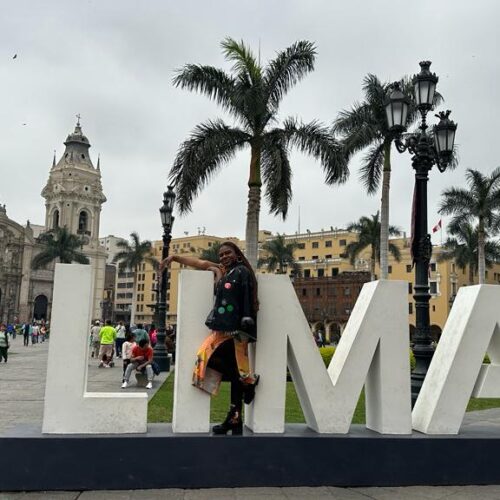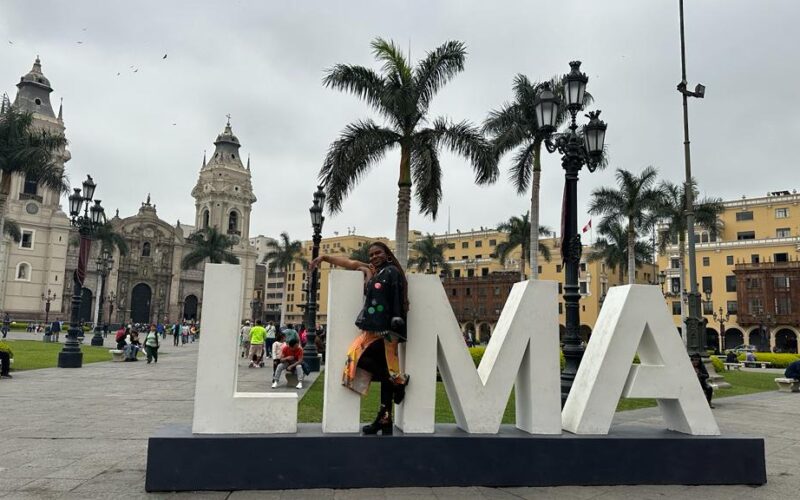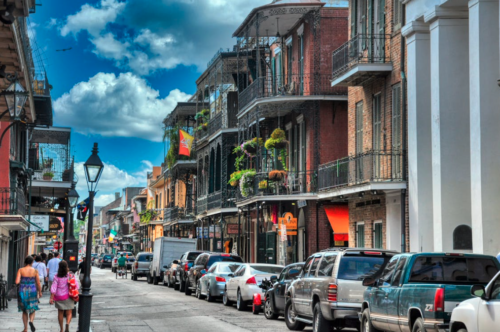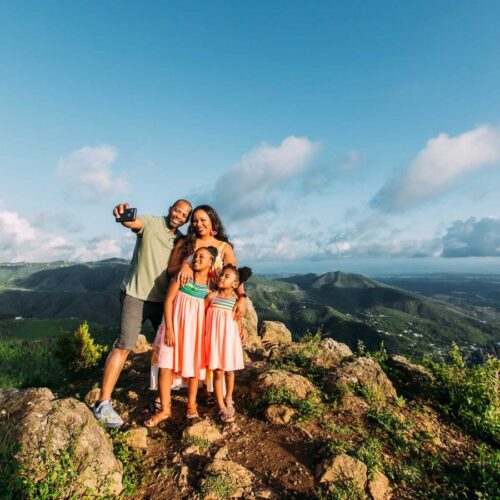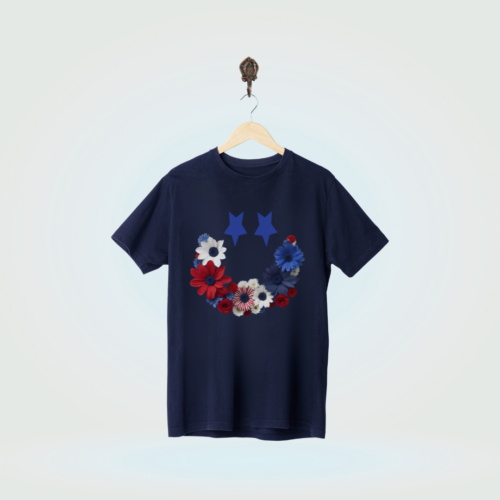With XOXO Fashion Magazine’s Founder Ikponmwosa Edorisiagbon
Embarking on a journey in collaboration with PromPeru and Peru Moda, this trip promised a unique blend of fashion and authentic Peruvian experiences. Starting with a red-eye flight, we landed in Lima, eager to explore the beauty of Peru. Our base was the luxurious 5-star Iberostar Miraflores, an eco-conscious haven with a no-plastic policy and top-notch amenities, including the Bambu Spa. With three exquisite restaurants, we dined Ortega & Huamán, immersed in natural décor, and indulging in a Mediterranean-inspired menu featuring Peruvian ingredients.
After the Peru Moda event, we delved into Lima’s rich history, taking a guided tour of the old the squares and visiting a well-preserved home-turned-museum which showed off the traditional architecture of Lima, much of which has been replaced with modern buildings.
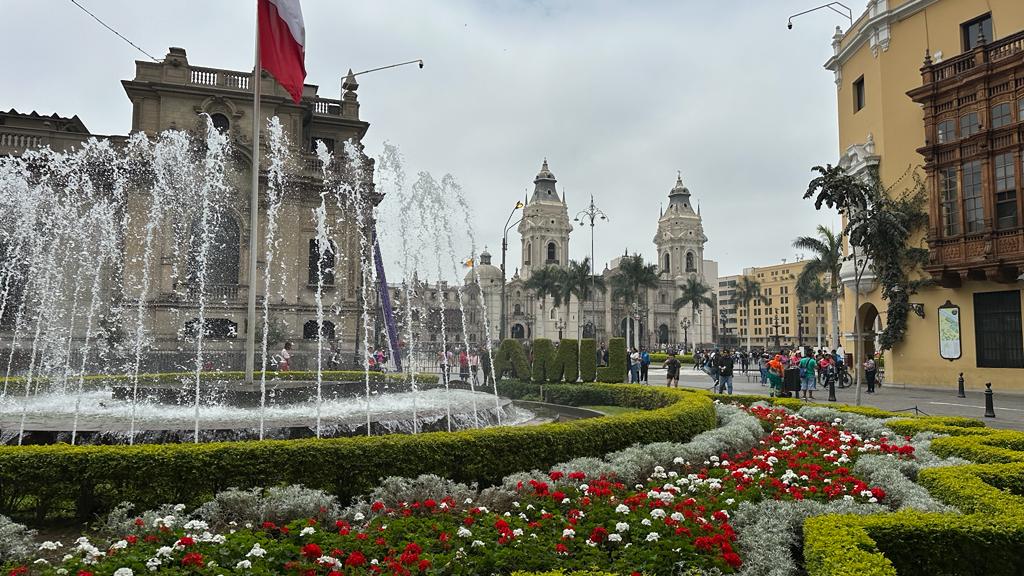
A highlight was the Museo Larco, where we were captivated by diverse exhibits, including the unexpectedly intriguing “exotica wing.” Here we learned about traditional Peruvian rituals, some of which were a little NSFW…Our culinary experience continued at the museum’s restaurant, where the food offering was surprisingly good, much unlike the cafes and restaurants of touristy spots at home in NYC.
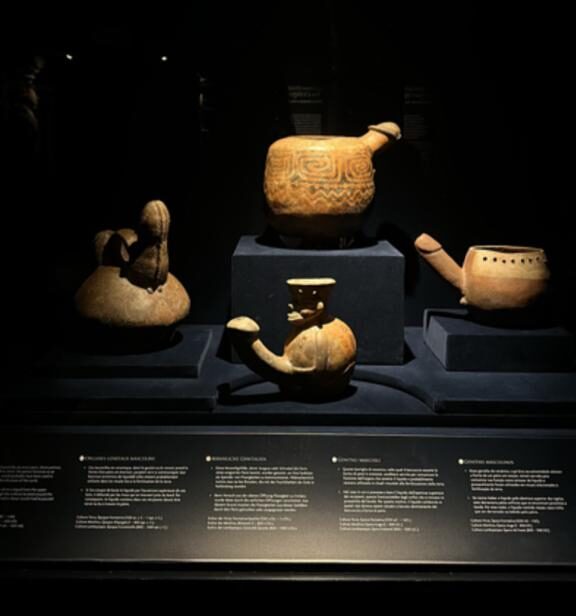
Our adventure then took flight to Arequipa, where we stayed at the Costa Del Sol Wyndham, before heading north to visit some of the region’s alpaca farms and alpaca fur production facilities.
We also had a guided tour of Arequipa’s alpaca museum, Mundo Alpaca, (which also has a location in Lima) which provided insight into the meticulous process from collecting wool to crafting garments. We also learned more about the vicuña, the wild species that’s part of the alpaca family.
Vicuña is renowned as the world’s finest fibre and undergoes a meticulous process from its natural state to becoming luxurious garments. As a wild animal, vicuñas roam freely in the mountains after breeding. The fibre collection involves a traditional practice, wherein vicuñas are gathered in a circle, carefully shaved on only the back part of their body, and then released, typically during the summer when their fur is not required. The fur gathered by this process is then sold to authorised companies – only those permitted by the government, which collects the proceeds and redistributes the funds to local communities.
The cleaning and separation of the fibres follow, maintaining their natural colour while allowing for the use of chemical dyes to achieve specific hues like black or blue. Due to its precious nature, the sale of vicuña garments requires a special commission, and each item comes with a numbered and coded certificate to verify its legal sale and transportation to other countries. Due to their endangered status, the certificate system plays a crucial role in preventing illegal sales on the black market. Once numbering 2,500 some years ago, the vicuña population has now reached 500,000, thanks to protective measures.
Interestingly, a mere 100 grams of vicuna fibre fetches a price of $250, making the finished product, such as a sweater or scarf, approximately $1,000. Each shearing of an individual vicuña yields only around 200g, from which the thicker fibres are removed, so each animal really only yields about 100-150g of fur!
Next our exploration extended to a local convent in the centre of Arequipa. The Convent of Santa Catalina de Siena was built in 1579 and is located in the historical center of Arequipa, Peru. It served as a cloister for Dominican nuns from the sixteenth to the eighteenth centuries, and still houses a small religious community today. Our guide for the day was Celia Zúñiga Benavente who was fantastic.
We learned that historically the first-born daughter had to get married, the second would become a nun and, the third would take care of the parents. There were no alternatives to this and back then many second born daughters would become nuns as young as 12 years old. It’s important to note that this was specifically for wealthier families who could afford to have more children and made their second-born daughters nuns so that they had someone close to god to pray for the family. Life in the convent was much like you’d expect, they were not permitted to leave, nor see family and were committed to a life serving God from inside the stone walls of the convent. As we mentioned, today there are still nuns at Santa Catalina, but now there is a minimum age of 18 for those joining and girls choose this way of life.
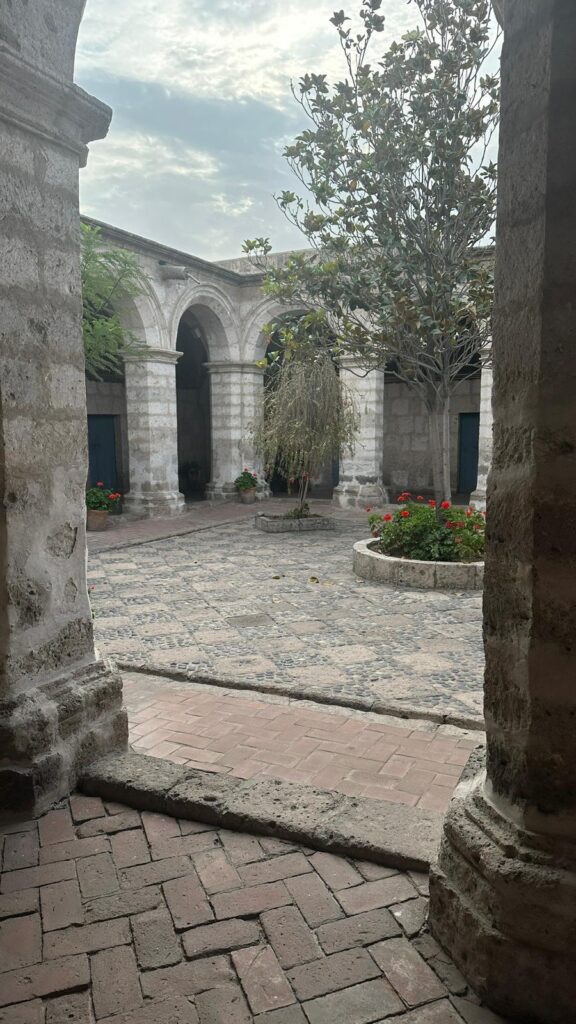
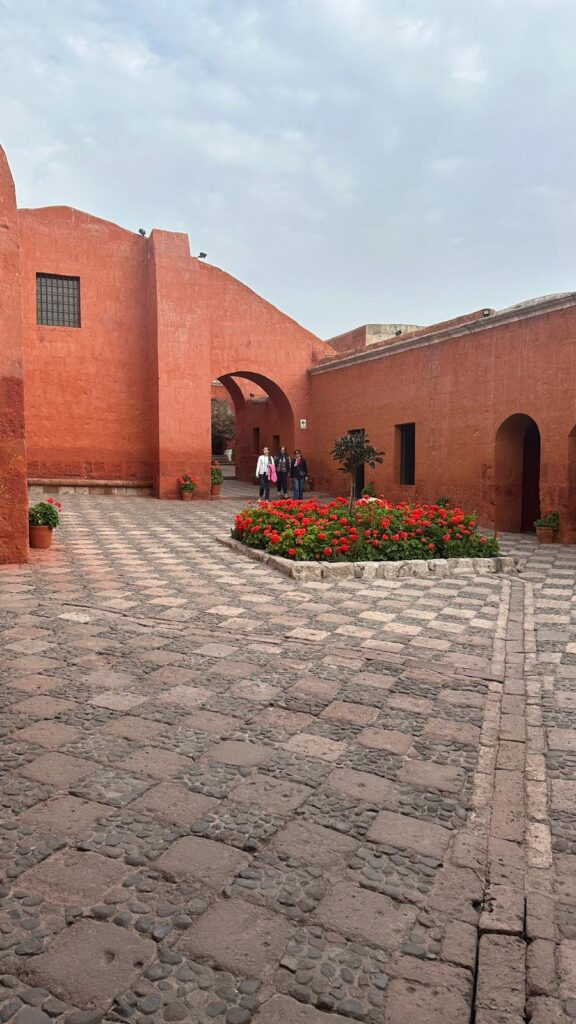
We were shown around the different rooms and given some ideas about the modern way of life for nuns at the convent; much time is spent in solidarity but there are some rituals that allow for community amongst the women. It was a very peaceful place and a privilege to see such a different way of life.
The next day began at 5am as we boarded a bus north to a region called Cusco to visit two companies under Grupo Inca: PACOMARCA, a Peruvian company that focuses on sustainable and ethical alpaca fashion, and Incalpaca, who have a farm in the mountains. PACOMARCA is committed to preserving traditional craftsmanship, but they have also been conducting an extremely comprehensive and sophisticated program on the genetic improvement of alpacas. “The PACOMARCA ranch maintains approximately two thousand selected alpacas of different types and colors. It holds the world’s widest and most complete database on alpaca, which is managed through a specially designed program called PacoPro.”
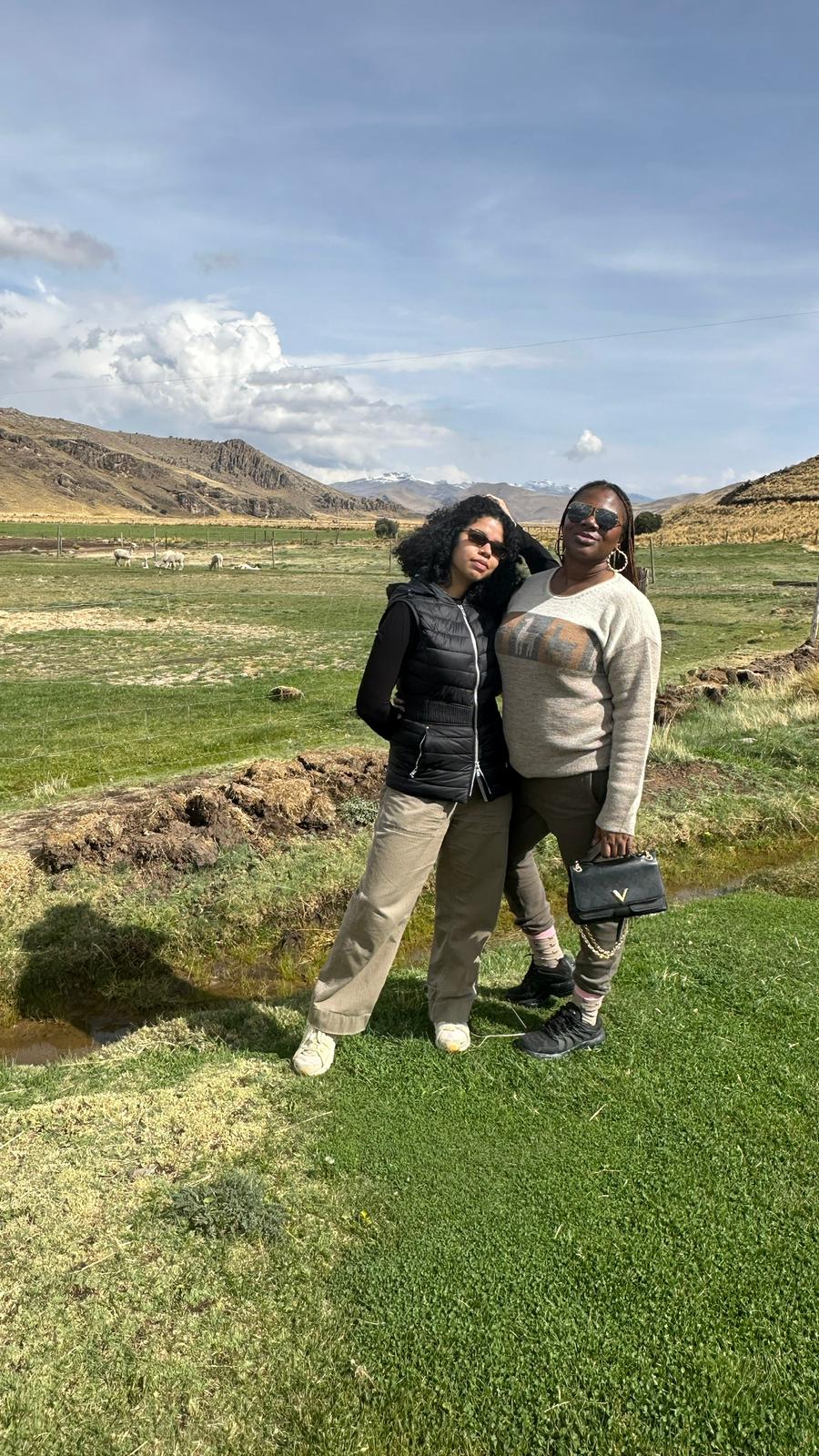
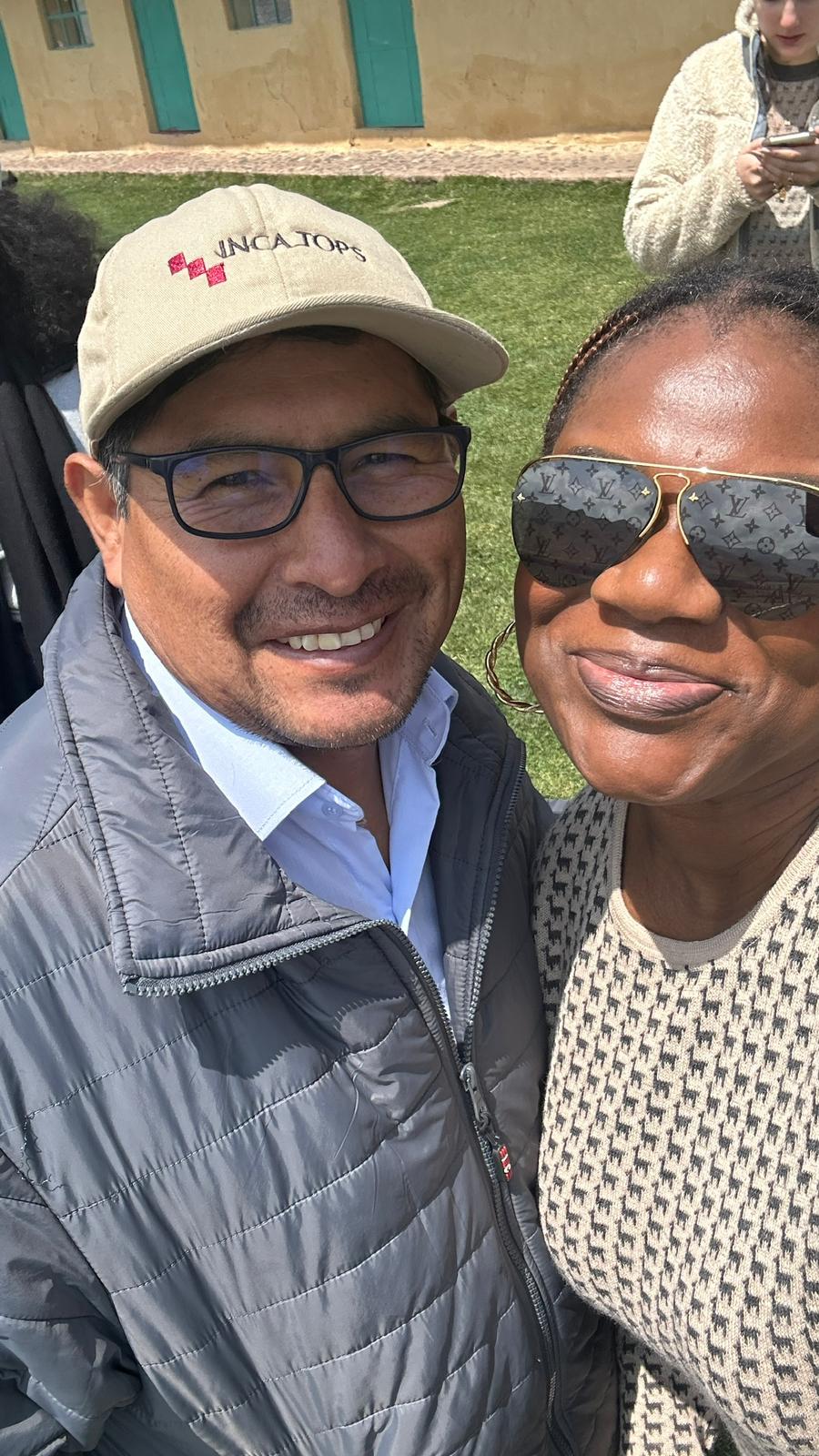
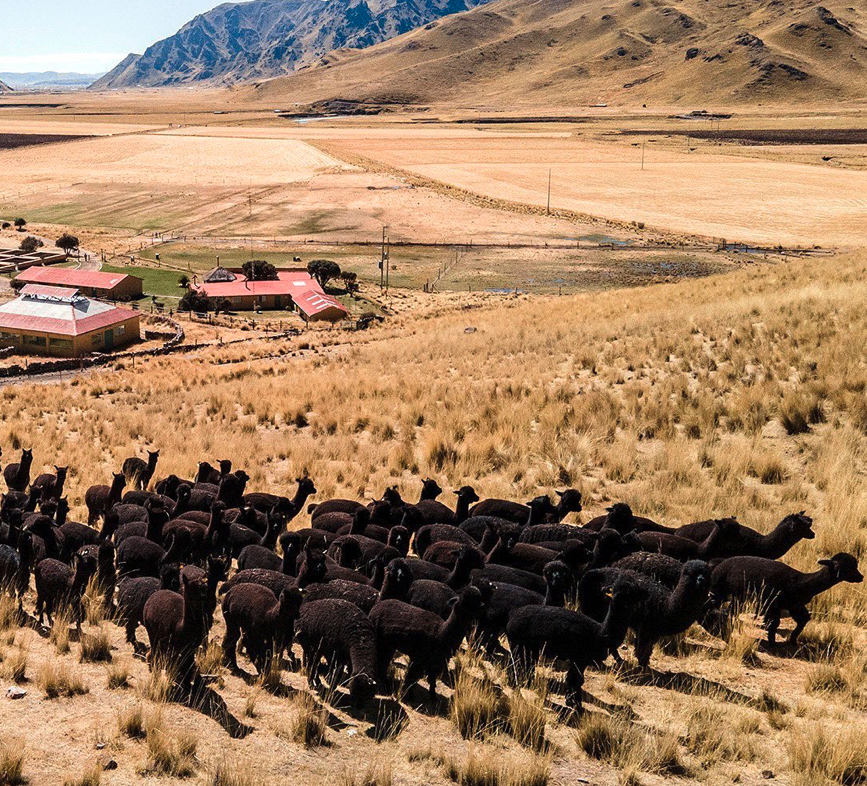
Incalpaca’s farm is around 4000ft above sea level, and we arrived there late afternoon. We were given a tour of the farm where we got to meet some of the baby alpacas and learned more about alpaca as a natural textile. See our full Incalpaca experience here .
The following day would be our last in Peru, taking the long journey straight back to Arequipa airport. From there we flew into Lima, where after five days of being recommended ceviche by all the locals we finally tried it! As with every trip, Ikponmwosa also made a pitstop at the airport’s Pandora store where she picked up a Peru charm for her specially curated bracelet which holds a charm from each of her many trips.
As we departed Peru, we reflected on what an enriching trip this was, learning so much about Peruvian history, culture and of course tasting the delights of Peru’s cuisine! From Lima’s modern charm to the timeless traditions of Arequipa, our Peruvian adventure was full of unique experiences. Thank you PromPeru and all the Peruvian brands who took the time to share their story with us!

